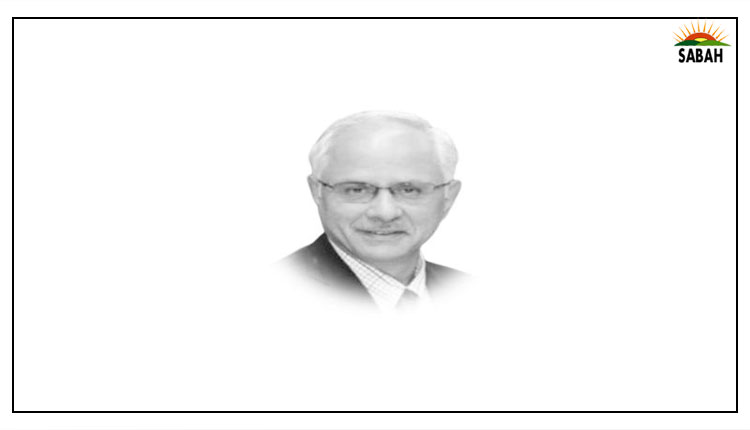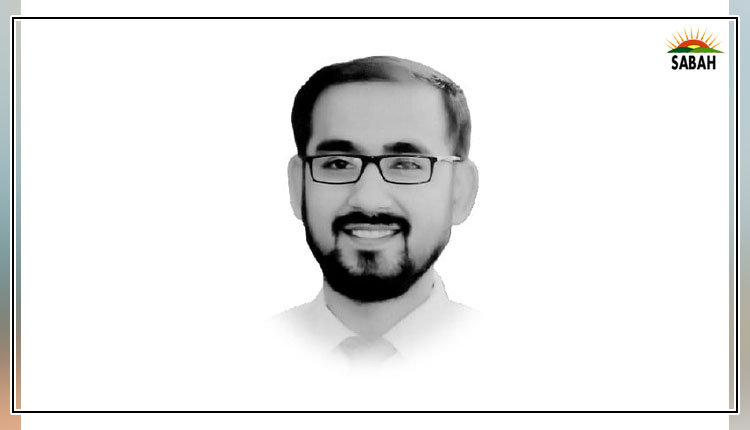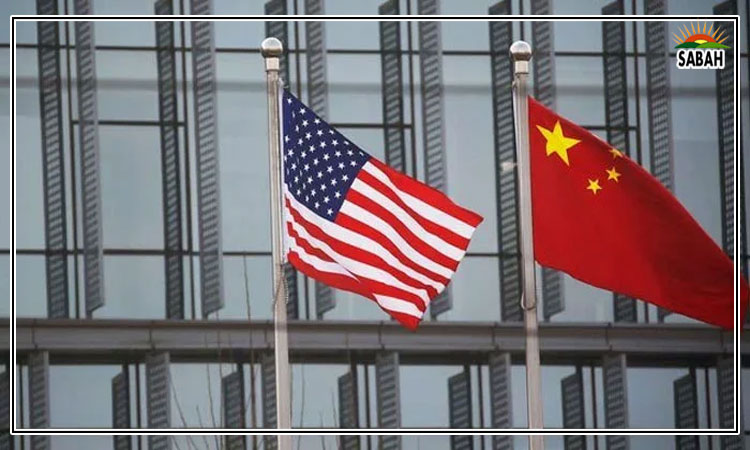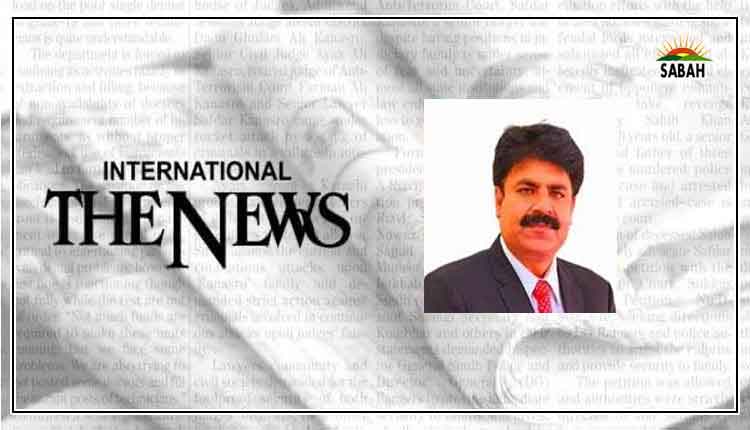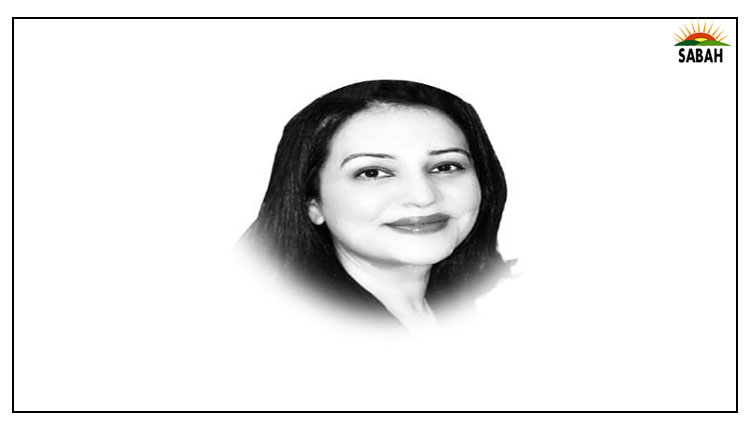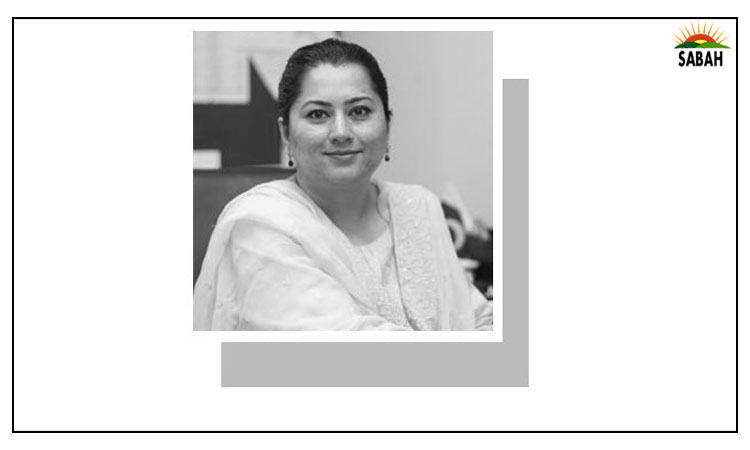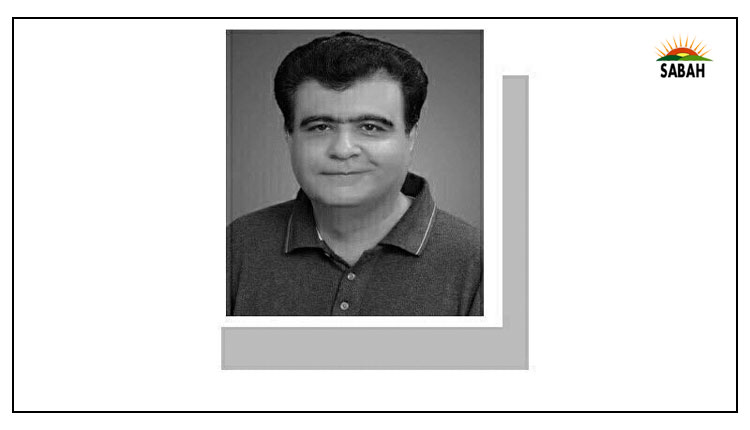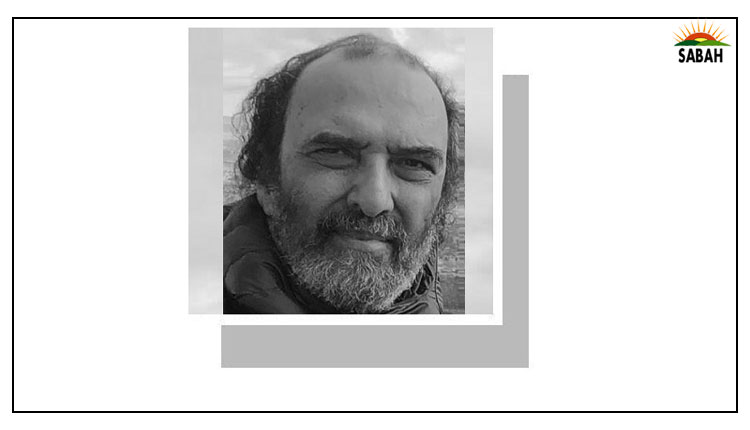Hidden behind the headlines…Kamila Hyat
In every household or almost every household in the country, there is a story. There is the story of the security guard who walks home slowly, knowing he must tell his wife, pregnant with their third child, that he has lost his job. In the household of six, there is no other income apart from the 40,000 or so rupees he brought home each month.
In another household, elsewhere in the country, a mother places a pot of boiling water on the stove and tells her four hungry children that a meal is being prepared for them. She knows there is nothing in the pot other than the water. They do not. One by one, exhausted, they fall asleep. And then, once her offspring have closed their eyes, the mother too puts herself to bed, hungry and hopeless, and tries to sleep till the next days morning.
A school administrator dismissed from her job, a single mother who receives no child support from her former husband, wonders which of her two teenage children she should move to a less expensive school to survive. There are many other stories, countless other stories, coming from both the impoverished people who live below the poverty line and middle-class households who too feel the impact of the crippling inflation in the country.
This inflation, which at times in the last three years has stood at more than 30 per cent for food items, has left the majority of the population in despair. But this has not brought any action from the governments which have ruled over a desperate populace, including the two-thirds of people who live below the poverty line, as well as those who stand just above it and also in middle-class homes where people are hit by high utility bills, which they essentially cannot pay as well as high fees at schools and for the food they eat. Virtually no one is immune, virtually no one knows what to do.
The question is: why do these stories not make the headlines of the electronic media or the printed media? Instead, statements that have little meaning, coming from politicians and others who lead the country in one capacity or the other fill the airwaves and the headlines. The reality, the real news, is simply missing. No one really controls this. While there are plenty of restrictions on the media, these do not include rules or unwritten rules that do not allow them to report inflation and the toll it is taking on people everywhere.
So why then are these stories not told? There is no way of telling. There is no logic to the entire affair either. The media is simply failing in its job of telling people what they need to know or of depicting life in the country as it is lived by its millions of inhabitants everywhere. This is a massive fraud in one sense. It denies people the real news and fools them into believing that what political leaders say is in some way important and the real news in the country. Nothing could be further from the truth.
The real news is about people who are literally starving, about households where food and money to pay massive utility bills are not available, about children, the majority of them girls, pulled out of school because parents can no longer afford the fees and because they need the income the children can bring in through their labour. Something needs to be done by the media to correct these wrongs and to set about the task of telling the real story of Pakistan as it stands in the first quarter of 2024. The truth is not a happy one but it needs to be told so that this reality can go into the archives and reach the thoughts of people with power in the federal and provincial capitals as well as in other places from where power is wielded.
This is especially true as the country will in time have a youth bulge. We are told that we already have a situation where 50 per cent of children born in the country are stunted. Stunting often also means a failure for the brain to develop normally and increases the number of intellectual deficits suffered by people. This can lead to a situation in the future where we have even fewer people than are currently available to carry out various jobs required by any society.
There is also social media. In some cases, the real truth in the country makes the channels available on this digital medium. But too often, it does not. And this form of news available over social media is dominated by rumours. The rest of social media is taken up in many cases by viral videos of other sorts, aimed mainly to create some kind of sensation or to embarrass specific people. Again, this has no meaning for the vast number of viewers who are now depending on social media as a major form of news.
What we need is a desire and a will to tell the real truth to the people as often and as repeatedly as possible. Those who own and manage the media can play a lead in this, but professional journalists must also lead the way and deliver to newsrooms stories they have investigated so that the real task of the media can be restored in a country from which it appears to have been almost totally erased over time.
Courtesy The News


